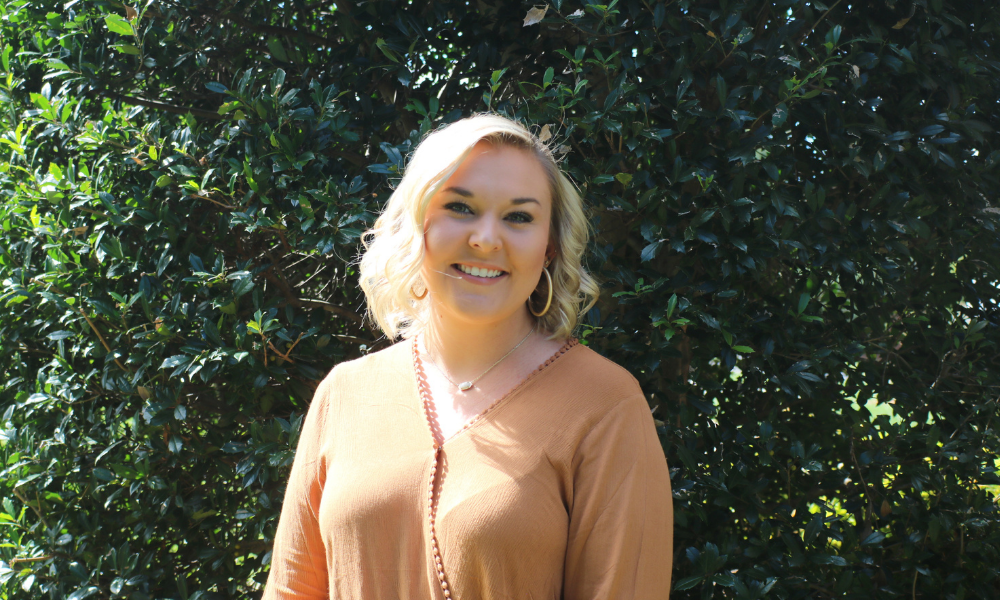Physical activity before and after COVID-19
News
SUMMARY: Brynn Hudgins, a second-year graduate student in JMU’s Exercise Physiology program conducted research to assess changes in physical activity before and after the COVID-19 lockdown.
By Laureta Ramaj, Graduate Student, M.A. in Communication & Advocacy
Physical activity plays a crucial role in maintaining our health and reducing the risk of developing chronic diseases that are more likely with a sedentary lifestyle. COVID-19 restrictions and the transition to remote learning and work have made it harder for people, especially those within a university community to achieve recommended levels of physical activity.
During the spring break of 2020, James Madison University went from in-person to online instruction due to COVID-19. This created a perfect environment for research. Brynn Hudgins, a second-year graduate student in JMU’s Exercise Physiology program conducted research to assess changes in physical activity before and after the COVID-19 lockdown. She examined James Madison University (JMU) students, faculty, and staff who wore a physical activity monitoring device a month prior to JMU’s spring break and a month after. Participants completed an online survey that included their step data. Eighty subjects participated in the study which looked at four different time points: the month before and after spring break, seven days before and after, weekdays and weekends.
Brynn’s findings suggest that the COVID-19 lockdown had a significant impact on physical activity. Physical activity levels significantly declined after the stay-at-home orders took effect. Step counts significantly declined the week after spring break, with weekday steps being impacted most negatively for the month following. The shift to online instruction affected students immensely because they were not getting the physical activity they normally would as they walked to and from class, work, and any other activities. Interestingly, weekend physical activity did not differ much, as daily routines were likely more stable.
“I think this research is very important and timely, and I wanted to put it out there to provide awareness on the health benefits of physical activity, how it is declining during the pandemic, and the effect it can have on people who have chronic health diseases” Brynn explained. She presented her research through a poster presentation during the Graduate School Virtual Showcase of Research and Creative Activities. Brynn said that this showcase was a different experience from what she was used to. “During undergrad, I did a couple of undergraduate showcases in-person and this differs quite a lot from those because you can’t really explain the benefits of your project and specific details to people virtually. However, I appreciate that considering the circumstances JMU still decided to do something to recognize the students that have been doing research”.
Brynn is interested in continuing this line of research and gaining more teaching experience, and in order to do that she decided to pursue a doctoral degree. Brynn will be starting her Ph.D. in Kinesiology with a concentration in Sport and Exercise Psychology at UNC Greensboro in August. She says that her graduate experience, including the research she had the opportunity to complete and the Graduate Showcase helped her achieve her goals.
To see Brynn’s poster presentation and learn more about other JMU graduate student projects, visit the Graduate Showcase website.
